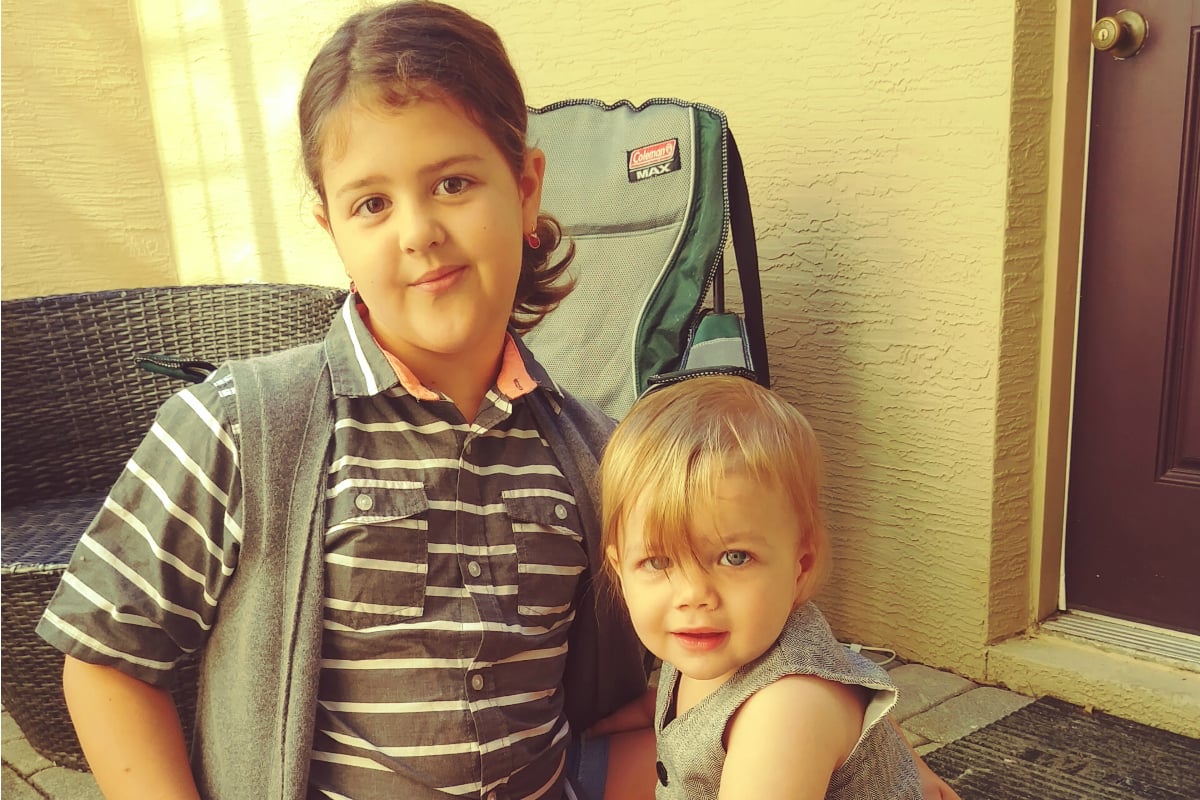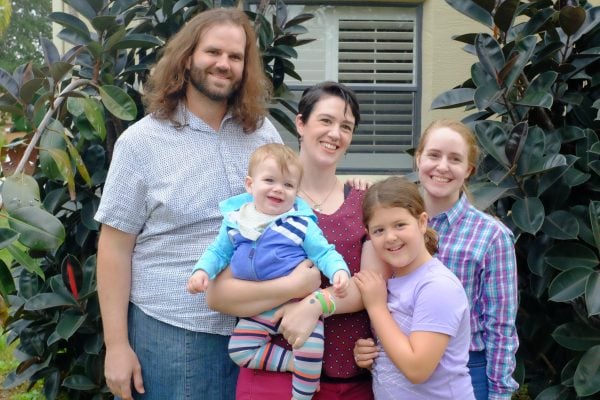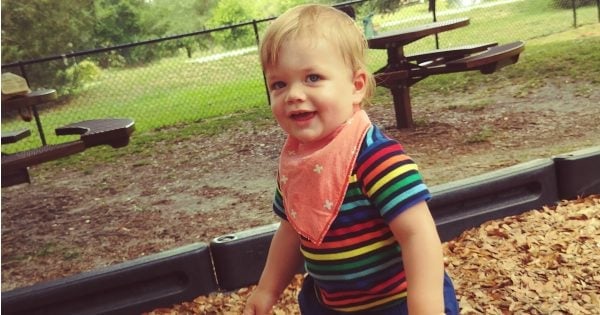
“I am Ari Dennis, I’m 32, and I use they/them,” is how Ari Dennis introduces themselves.
Ari does not identify with a gender – and most of their family is equally non-traditional.
“I live with my partners,” Ari tells Mamamia. “Luna, who is 26 and uses they/them, and Brynnifer, who is 32 and uses she/her.”
As for their children, there’s “15-month-old ‘ante gender’ Sparrow, and ‘non-binary’ eight-year-old, Hazel.”
Those terms mean Sparrow and Hazel are ‘theyby’ children; they are referred to by their parents using pronouns they/their/them, rather than genders.
And yes, in what Ari describes as a ‘multi-adult household’, there is no biological definition of parent.
“I believe genetics are not the most important factor when it comes to relationships between parents and their children.
“We don’t focus on it in our household. Being a parent is about the choice to commit to and prioritise a child.”




Top Comments
Can anyone seriously look at that photo and struggle to figure out who's male and who's female? The emperor is stark bollock naked.
Indeed. Even babies are extremely good at differentiating males from females.